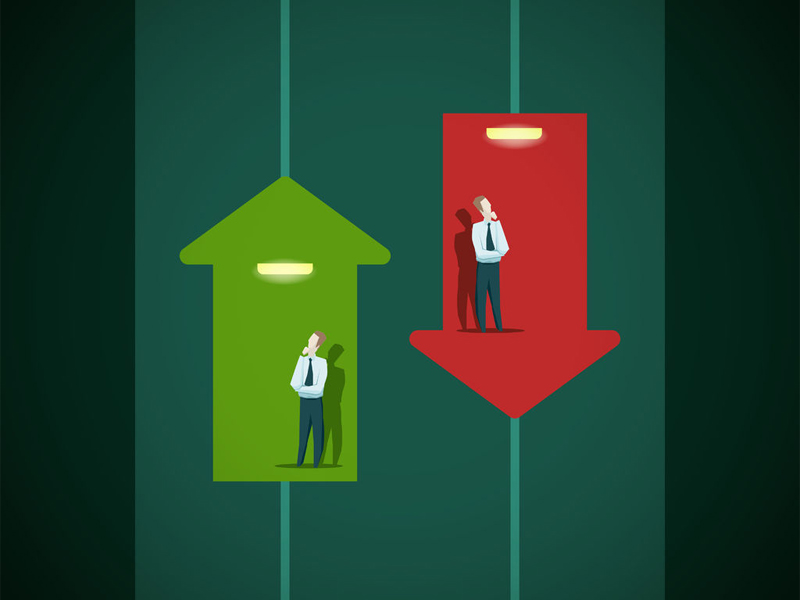
The country’s annual inflation rate picked up its pace last month to hit 2.4% in an advance mostly fuelled by temporary factors like higher gasoline prices and steeper airfares, compared to a year ago, Statistics Canada said Friday.
The federal agency’s October inflation number marked an increase from 2.2% in September and pushed the reading a little farther away from the Bank of Canada’s ideal, 2% target.
But analysts noted Friday that the slightly stronger inflation was likely to lose some of its momentum as the short-term factors fade and, especially, as the data start to show the effects of the recent, sharp decline in oil prices.
For now, experts like RBC senior economist Nathan Janzen expect the Bank of Canada to stay in a holding pattern at its next interest-rate decision, scheduled for Dec. 5.
With the economy running at full tilt, the central bank is on a rate-hiking path to prevent inflation from climbing too high. Market watchers are predicting governor Stephen Poloz to wait until January before his next rate increase.
However, the timing of future rate hikes could change if the oil-price slump deepens.
“If we have something really unexpected happen on oil prices — like a dramatic (decrease) again — it will start affecting the expectations for the pace of rate hikes from the Bank of Canada going forward,” Janzen said in an interview.
TD senior economist James Marple wrote in a research note that the falling oil prices — and the widening spread on Canadian oil benchmarks — will be of particular importance for Poloz. Marple said the price declines will likely to lead to a drop in oil production and income losses in energy-producing regions.
“The impact is not negligible and will slow the pace of Canadian economic growth over the next two quarters,” he wrote.
On its own, however, the inflation report Friday was unlikely to nudge the Bank of Canada in either direction on its next rate decision, several economists said.
The main forces behind the higher inflation were year-over-year price increases of 12% at the pump, 9.4% for airline tickets and a 7% rise in mortgage interest costs, Statistics Canada said. Experts, including Poloz, have said stronger gas prices and higher airfares are expected to be short-lived.
The downward pressure last month was led by price declines of 7.2% for video equipment, 4% for telephone services and 3.9% for traveller accommodation, compared to a year earlier.
Consumer prices were higher last month in all provinces compared to October 2017, but Alberta was the only one to show a slower pace of inflation. A year earlier Alberta’s inflation rate was 3%, while last month the pace was 2.8%.
In Ontario, Statistics Canada said energy prices slid 2.4% on a month-to-month basis after the provincial government got rid of its carbon cap and trade program, which had been introduced last January.
The average of the agency’s three core inflation readings, which omit more-volatile items like gas prices, edged slightly higher to 2% last month to hit the Bank of Canada’s ideal, 2% bull’s-eye. The average core, or underlying, measure was 1.93% in September, 2.03% in August and 1.97% in July.
The central bank pays close attention to core inflation ahead of its interest-rate decisions — and it can raise its trend-setting rate as a way to keep inflation from rising too high.
In a separate report Friday, Statistics Canada said retail sales for September moved up 0.2% compared with August. Month-to-month retail trade was essentially unchanged in August and saw an increase of 0.2% in July.
The September increase brought retail trade to $50.9 billion for the month.
The main contributor behind the increase were higher sales, of 0.9%, at food and beverage stores. Supermarkets saw sales rise 1.7%, which more than made up for a 1.7% decline in beer, wine and liquor stores.
Sales also rose at general merchandise stores by 1.2%, while motor vehicle and parts dealers saw an increase of 0.5%.